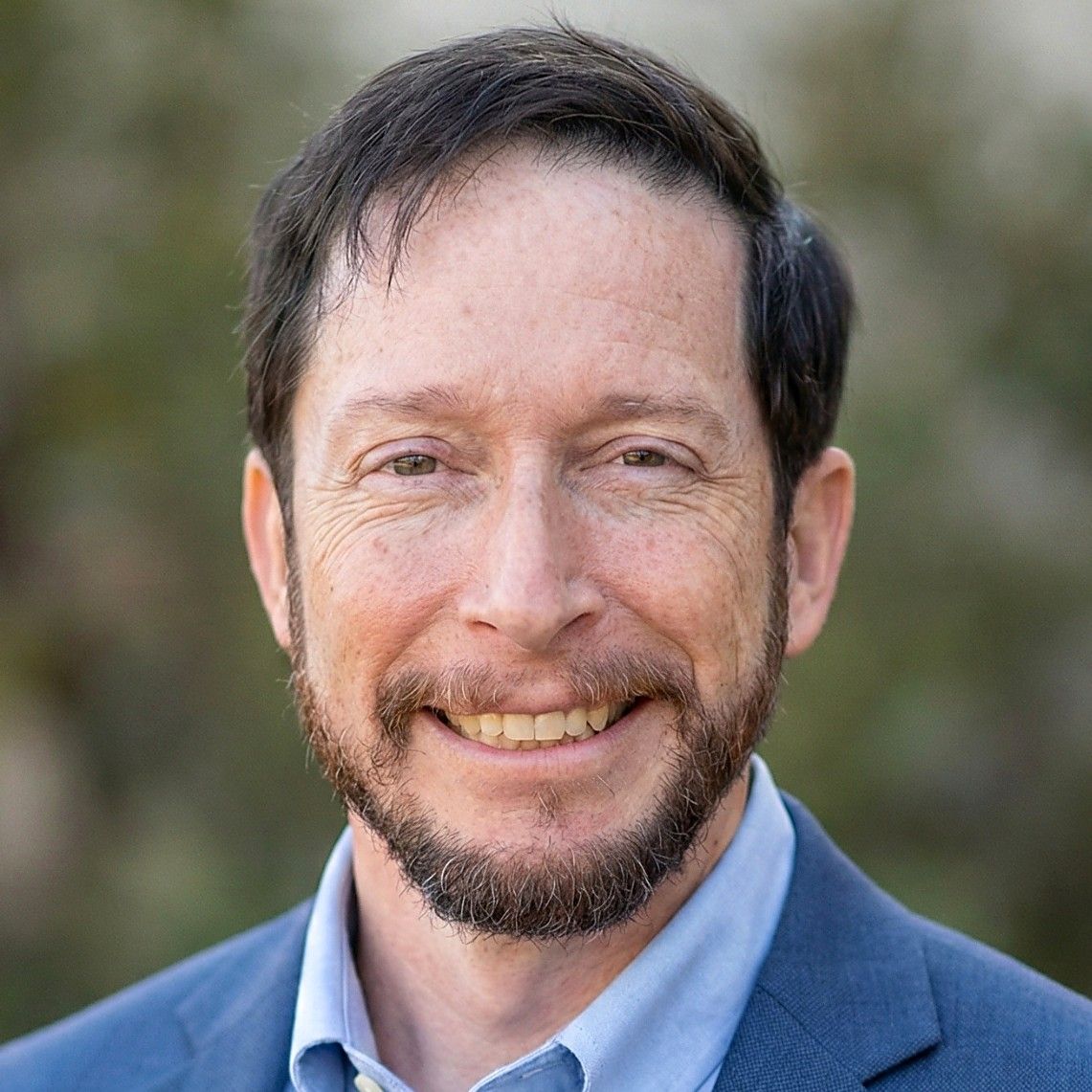Nonprofits don’t exist to make money, but they do need money to exist. And in the face of complex funding cycles, restricted grants, and board oversight, having clear visibility into your cash position isn’t just useful – it’s critical. That’s why every nonprofit needs a 13-week cash forecast.
The Reality: More at Stake Than Just Cash
Nonprofits operate in a unique financial environment. Many rely on grant disbursements with rigid reporting timelines, donor cycles that don’t match payroll needs, and boards that often control key funding decisions. Even when a nonprofit has a healthy balance sheet, it may be tied up in restricted or illiquid assets, leaving actual cash on hand tight or uncertain.
This is more than a bookkeeping concern. Poor cash visibility can lead to missed payroll, delayed program delivery, and a loss of trust with key stakeholders. It’s often not about a lack of money, but about a lack of timing and process.
Why 13 Weeks?
A 13-week cash forecast gives a rolling, near-term view of your cash inflows and outflows. It’s not an annual budget or a strategic plan. It’s tactical. Weekly. Operational. It’s the financial equivalent of a windshield on a car – absolutely essential, but surprisingly underutilized.
With a 13-week forecast in place, you can quickly see:
- When you’ll fall below minimum cash thresholds
- Which weeks will be tight and need mitigation
- Opportunities to bring forward revenue or delay spending
- If a new hire or program launch is financially viable
Cash Flow Challenges Unique to Nonprofits
Nonprofits face very specific cash challenges:
- Board approvals: Sometimes the only access to investment accounts is via board vote. That introduces delays and uncertainty.
- Process gaps: A common failure point is having no backup for cash authorizations. What if your approver is on vacation?
- Funding delays: Government freezes or policy shifts can stop grant disbursements midstream, leaving you suddenly stranded.
Having a 13-week forecast helps you prepare for these realities. You’ll spot the danger weeks well before they happen, giving your team time to take action – whether that’s engaging donors earlier, adjusting expenses, or communicating with your board.
You Don’t Need a CFO to Get This Right
This level of cash planning doesn’t require a CFO or a big finance team. What nonprofits really need is a strong controller or outsourced accounting partner who can build and maintain the forecast week over week. Done well, the forecast becomes a self-evident tool – it’s clear when you look at it what needs to happen next: raise more, spend less, move funds, or shift timing.
A fractional finance partner can often provide this level of sophistication without the overhead of full-time headcount. The key is discipline: updating the forecast weekly, integrating it into leadership conversations, and treating it as a core tool for financial health.
The Payoff: Confidence, Clarity, and Control
Once in place, a 13-week cash forecast quickly becomes indispensable. You’ll:
- Lead more confidently with your board
- Prevent cash crises before they start
- Ensure alignment between fundraising, operations, and mission delivery
- Build credibility with funders, auditors, and stakeholders
It’s not flashy. It’s not complicated. But it’s transformational. If your nonprofit doesn’t have a 13-week cash forecast in place, it’s time to start. Because knowing where your money is going (and when) isn’t just good stewardship. It’s essential for sustaining your mission.
Not Sure Where to Start?
We’re happy to help. Schedule a free 30-minute assessment with our team to walk through your current cash planning process and identify opportunities to build a simple, powerful 13-week forecast tailored to your nonprofit’s needs.
Book Your Free Assessment & Read Why Others Choose kept.pro

James Wheeler
https://www.linkedin.com/in/jamesdavidwheeler/James Wheeler is a fractional CFO and the founder of kept.pro, which provides a proven outsourced accounting department model for growing companies with $2M–$50M in annual revenue. He brings 15+ years of executive finance leadership across services and technology businesses and was twice a finalist for the San Diego Business Journal’s CFO of the Year. James holds a BA in Economics and an MBA from UC San Diego, completed executive education at MIT Sloan, and has served on nonprofit and for-profit boards.



